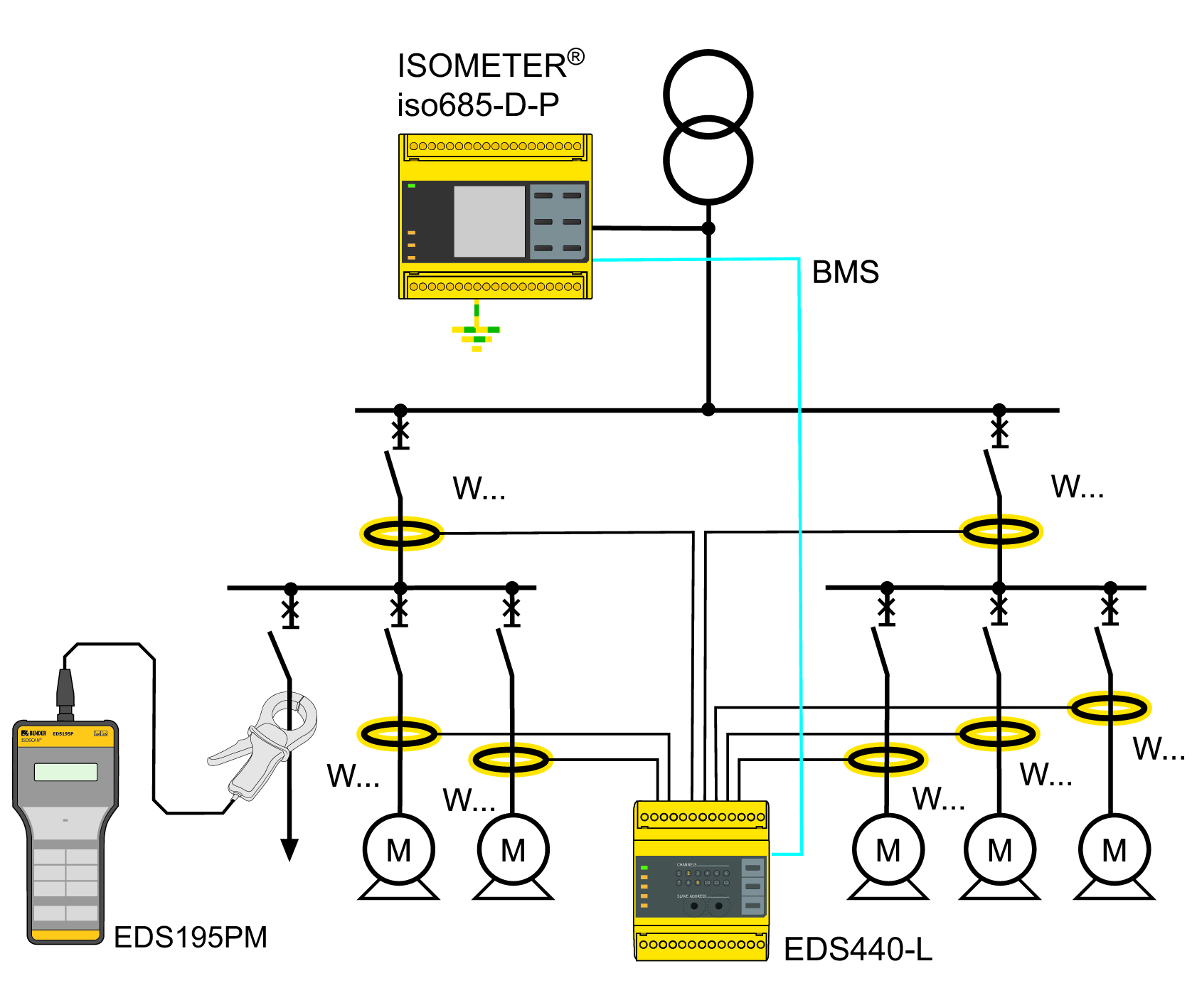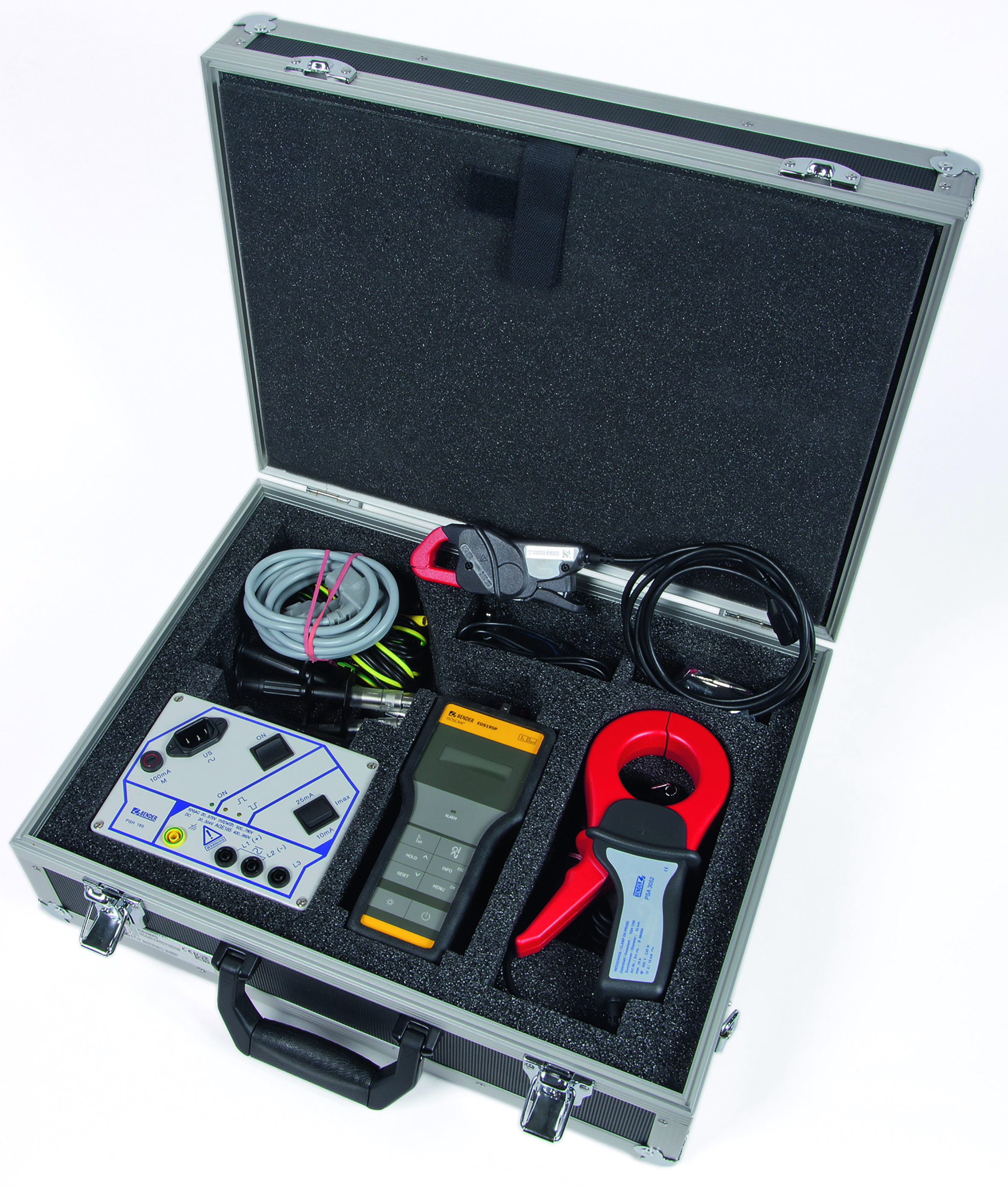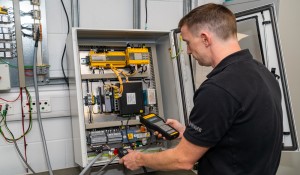Locating earth faults in power systems with earth fault location
An Insulation Monitoring Device (IMD) is a requirement within IT power systems according to BS7671:2018. However, insulation fault location (EDS) is only a recommendation and is often overlooked during system design. EDS is the money saver… Here’s why!
What is EDS and how does it work?
EDS is used in combination with an IMD to pinpoint insulation faults in unearthed power supplies (IT systems). An EDS system comprises of an insulation fault evaluator connected to a current transformer (CT) located around the desired cables/equipment to be monitored.
How it works:
-
An insulation fault is detected by the IMD, which communicates with the EDS to switch to find a fault
-
The IMD sends a pre-determined test current pulse via the live conductors across the power system
-
The test current signal is detected by the measuring current transformers on the circuit and evaluated by the EDS insulation fault evaluators
-
The fault location is determined by the EDS communicating which CT has detected the lowest insulation fault value (Rf)
-
Fault information is communicated locally via the device, Modbus, e-mail, SMS or any other communication method

IT power systems and EDS
In our experience the reason IT power systems are utilised in demanding industry sectors is to reduce fire risk, increase resilience and improve electrical safety, ensuring a reliable and operational power system.
Typical examples of safety-critical installations with IT power systems are oil and gas platforms, industrial plant, manufacturing, ships, substation switching and rail networks. Surely you can understand the severity of downtime in these environments means a large loss of revenue.
How does EDS reduce the loss of revenue?
EDS finds developing earth faults without disconnecting the electrical installation. With just an IMD, you still need to isolate circuits to determine where the earth fault is. This is time consuming and expensive. The labour cost of finding earth faults in critical locations is high due to man power, downtime required and accessibility.
Localised fault location allows isolation of power to fix and repair faults without disruption, allowing the remainder of the IT system to remain completely operational, reducing the cost of fault finding and rectification.
Knowing when and where earth faults are developing gives you time to react from an operational perspective so you can plan your downtime, purchase new equipment to replace ageing assets, or schedule maintenance before a failure occurs.
Weak points in the electrical infrastructure can be identified, trends monitored, and when required, action can be taken where necessary.

Typical questions answered:
- Can EDS fit into an existing installation?
Yes, we have split-core CTs, rectangular, circular and flexible CTs which generally makes retrofit neat and simple. - Should EDS fit in every final circuit panel board?
It can or you can simply utilise EDS on the most critical equipment. - Is EDS portable?
Yes, we have a hand held, portable EDS fault location kit (pictured right) that is ideal for the final pinpointing of an earth fault without needing to disconnect. - Can I connect EDS to an existing BMS monitor panel annunciator?
Yes, we provide options for this with an understanding of your application.
For more information please contact our team.
Lee Slater, Head of Industrial, Bender UK
This article is for informational purposes only. Bender provides the information "as is" without warranty and is not responsible for its accuracy or reliability. No warranties are given regarding its suitability for any specific circumstances.




